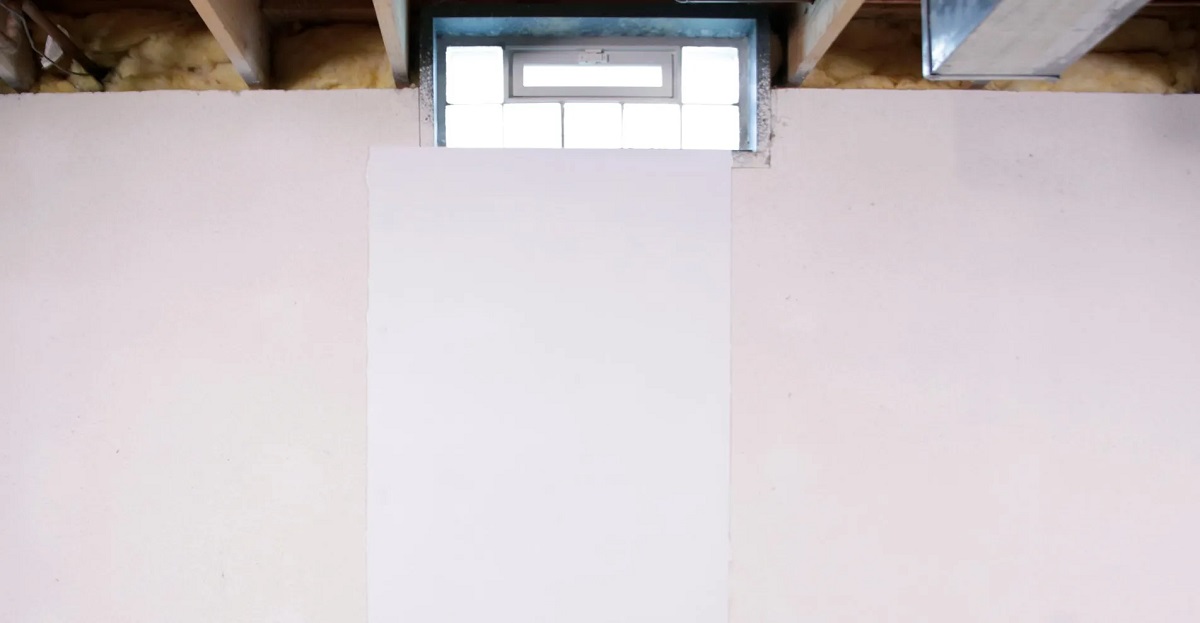

Articles
How To Close Vents In Basement
Modified: February 24, 2024
Learn how to effectively close vents in your basement with these informative articles. Discover the best techniques to control the airflow and maximize energy efficiency.
(Many of the links in this article redirect to a specific reviewed product. Your purchase of these products through affiliate links helps to generate commission for Storables.com, at no extra cost. Learn more)
Introduction
When it comes to regulating the airflow in your home, closing vents in the basement might not be the first thing that comes to mind. However, strategically closing off these vents can have several benefits, from saving energy to improving the overall comfort of your living space.
In this article, we will explore the reasons why you might want to consider closing vents in the basement, the risks and benefits associated with this action, and different methods you can use to effectively close off those vents. Whether you want to reduce energy waste or create a more comfortable environment, understanding the process of closing vents in the basement is essential.
By gaining insights into the various options available to homeowners, you can make informed decisions that will have a positive impact on your home’s energy consumption and overall comfort.
Key Takeaways:
- Closing vents in the basement can redirect airflow, save energy, and improve comfort. Consider methods like magnetic covers, foam board insulation, and adjustable registers to optimize your HVAC system’s performance.
- Before closing vents, weigh the benefits of energy savings and improved temperature control against potential risks like pressure imbalances and increased energy consumption. Consult professionals and maintain proper ventilation for a successful outcome.
Read more: How To Close Ceiling Vents
Why Close Vents in the Basement?
The basement is typically an area of the house that is used for storage or as additional living space. It is often located below ground level, which means it tends to have different temperature and humidity conditions compared to the rest of the house. This can lead to challenges when it comes to regulating the airflow and maintaining a comfortable environment.
One of the main reasons to close vents in the basement is to redirect the airflow to other parts of the house. By limiting the amount of air being directed to the basement, you can ensure that more conditioned air is reaching the upper levels of your home. This is especially useful during seasons when you want to cool down or heat up the main living areas, as it helps to reduce energy waste by not cooling or heating unoccupied spaces.
Another significant reason to close vents in the basement is to address issues with humidity and moisture. Basements are prone to high levels of humidity, which can lead to mold and mildew growth. By reducing the airflow in the basement, you can help to control the moisture levels and minimize the chances of mold and mildew formation.
In addition to addressing airflow and humidity concerns, closing vents in the basement can also help to improve the efficiency of your HVAC system. When vents are closed in an area that doesn’t require as much heating or cooling, the system doesn’t have to work as hard to maintain the desired temperature. This can lead to energy savings and a longer lifespan for your HVAC equipment.
Furthermore, closing vents in the basement can enhance the overall comfort of your living space. When vents are open in the basement, the conditioned air tends to accumulate in this lower level, potentially leaving the upper floors feeling too warm or too cold. By redirecting the airflow to the upper levels, you can create a more balanced and comfortable environment throughout your home.
Now that we understand the reasons behind closing vents in the basement, let’s take a closer look at the risks and benefits associated with this action.
Risks and Benefits of Closing Vents
Before you decide to close off vents in your basement, it’s important to understand the potential risks and benefits associated with this action. While there are advantages to closing vents, there are also potential drawbacks that should be considered.
Let’s start by exploring the benefits:
- Energy Savings: One of the primary benefits of closing vents in the basement is energy savings. By redirecting the airflow to other areas of your home, you can reduce the amount of energy consumed by your HVAC system. This can result in lower energy bills and a more environmentally-friendly household.
- Better Temperature Control: Closing vents in the basement allows for better temperature control in the rest of your home. By focusing the airflow where it’s needed most, you can ensure that the main living areas are comfortable year-round.
- Reduced Moisture and Humidity: Basements are prone to higher humidity levels, which can lead to mold and mildew growth. By closing vents, you can help to control the moisture and humidity in the basement, reducing the risk of mold and creating a healthier environment.
- Enhanced Comfort: Redirecting the airflow away from the basement can improve the overall comfort of your living space. It can prevent the lower level from becoming too cold or too warm, ensuring a more balanced and enjoyable environment throughout your home.
While there are several benefits to closing vents, it’s also important to consider the potential risks:
- Pressure Imbalance: Closing off vents in the basement can create pressure imbalances within your HVAC system. This can lead to inadequate airflow and strain on the system, potentially reducing its efficiency and lifespan.
- Increased Energy Consumption: In some cases, closing vents can actually increase energy consumption. If your HVAC system is not adequately balanced or if it is designed to operate with all vents open, closing vents can lead to higher energy usage as the system works harder to maintain the desired temperature.
- Uneven Heating and Cooling: Closing vents solely in the basement may result in uneven heating and cooling throughout your home. This can lead to certain areas feeling too hot or too cold, compromising overall comfort.
- Potential HVAC System Damage: Closing vents may cause your HVAC system to overheat or malfunction, especially if the system is not designed to operate with vents closed. It’s essential to consult with a professional to ensure your system can handle closed vents without any adverse effects.
Understanding the potential risks and benefits of closing vents in the basement allows you to make an informed decision that best suits your specific needs and circumstances. Now, let’s explore different methods that you can use to effectively close off those vents.
Different Methods to Close Vents
When it comes to closing vents in the basement, there are several methods you can choose from depending on your preferences and needs. These methods range from simple and inexpensive options to more advanced solutions. Let’s explore some of the different methods:
- Using Magnetic Vent Covers: Magnetic vent covers are a popular and cost-effective option for closing vents. These covers are placed over the vent openings and are held in place by magnets. They can easily be removed when you want to open the vents again. Magnetic vent covers come in various sizes and can be easily trimmed to fit your specific vent dimensions. They are a great solution for homeowners looking for a temporary and flexible method to close off vents.
- Using Foam Board Insulation: Foam board insulation is another effective method to close off vents. You can cut the foam boards to fit the size of your vents and place them securely over the openings. Foam board insulation provides additional insulation, helping to reduce heat transfer and improve energy efficiency. This method is ideal for homeowners who want a more permanent closure option.
- Installing Adjustable Vent Registers: Adjustable vent registers are designed to allow you to control the airflow in specific areas of your home. These registers have dampers that can be adjusted to open or close the vents. By installing adjustable vent registers in the basement, you can easily regulate the amount of air flowing into that space. This method offers more flexibility and allows you to fine-tune the airflow according to your needs.
- Sealing with HVAC Tape and Insulation: In some cases, you may find that the vents in your basement are leaking air. This can lead to energy waste and inefficient heating or cooling. By sealing the ductwork with HVAC tape and insulating the surrounding areas, you can effectively close off the vents and prevent air leakage. However, this method is more involved and may require professional assistance.
These are just a few examples of the different methods you can use to close off vents in the basement. It’s important to assess your specific needs and budget to determine which method is best for you. Additionally, keep in mind that if you are unsure or uncomfortable with tackling this task yourself, it’s always advisable to consult with a professional HVAC technician for guidance.
Now that we have explored different methods of closing vents, let’s discuss some tips for successfully closing vents in the basement.
Option 1: Using Magnetic Vent Covers
One simple and cost-effective method for closing vents in the basement is to use magnetic vent covers. These covers are designed to easily attach to the vent openings and provide a temporary solution for blocking the airflow. Here’s how you can effectively use magnetic vent covers:
- Measure the vent openings: Start by measuring the dimensions of your basement vents. This will help you determine the size of magnetic covers you need to purchase. It’s important to choose covers that are slightly larger than the vents to ensure a proper fit.
- Purchase magnetic vent covers: Look for magnetic vent covers that are compatible with the dimensions of your vents. You can find these covers at most home improvement or hardware stores, as well as online retailers. Make sure the covers have strong magnets to securely hold them in place.
- Clean the vent openings: Before attaching the magnetic covers, clean the vent openings to ensure proper adhesion. Use a damp cloth or vacuum to remove any dust, dirt, or debris that may be present.
- Place the magnetic covers: Carefully place the magnetic vent covers over the vent openings, ensuring that the magnets securely attach to the metal grates. If necessary, you can trim the covers to fit the exact dimensions of the vents using scissors or a utility knife.
- Adjust as needed: Once the magnetic covers are in place, you can adjust them to control the airflow. If you want to completely block off the vents, make sure the covers are completely covering the openings. If you prefer to have some airflow, you can partially cover the vents by adjusting the position of the covers.
Magnetic vent covers provide a simple and reversible solution for closing vents in the basement. They are easy to install and remove, allowing for flexibility in adjusting the airflow as needed. However, it’s important to note that magnetic vent covers may not provide as tight of a seal as other methods, so they may not be as effective in completely blocking off the airflow.
Now that we have explored the option of using magnetic vent covers, let’s move on to another method: using foam board insulation.
When closing vents in the basement, make sure to use vent covers or magnetic vent covers to block off the airflow. This can help regulate the temperature in the basement and improve energy efficiency.
Read more: What Is A Closed Basement
Option 2: Using Foam Board Insulation
If you’re looking for a more permanent and efficient solution to close vents in the basement, using foam board insulation is an excellent choice. Foam board insulation not only blocks the airflow but also provides additional insulation to improve energy efficiency. Here’s how you can effectively use foam board insulation:
- Measure the vent openings: Start by measuring the dimensions of your basement vents. This will help you determine the size of foam boards you need to purchase. It’s important to choose boards that are slightly larger than the vents to ensure a proper fit.
- Purchase foam board insulation: Look for foam board insulation that is compatible with the dimensions of your vents. You can find foam boards at most home improvement or insulation supply stores. Opt for insulation boards with a high R-value to maximize energy efficiency.
- Cut the foam boards: Using a utility knife or a foam board cutter, carefully cut the insulation boards to fit the dimensions of your vent openings. Make sure to make accurate cuts for a snug fit.
- Place the foam boards: Once the foam boards are cut to size, place them over the vent openings, ensuring they fit securely and cover the entire area. The foam boards should fit tightly and block off the airflow effectively.
- Seal the edges: To further enhance the insulation and prevent air leakage, seal the edges of the foam boards using foam insulation tape or caulking. This will create a tighter seal and minimize the potential for air to bypass the insulation.
Using foam board insulation offers a more durable and energy-efficient method of closing vents in the basement. The insulation properties of the foam boards help to minimize heat transfer and maintain better temperature control. It’s important to ensure the foam boards are securely in place and properly sealed to maximize their effectiveness.
Now that we have explored the option of using foam board insulation, let’s move on to another method: installing adjustable vent registers.
Option 3: Installing Adjustable Vent Registers
If you’re looking for a method that offers more flexibility and control over the airflow in your basement, installing adjustable vent registers is an excellent option. These registers are designed to allow you to adjust the airflow, allowing you to easily open or close the vents as needed. Here’s how you can effectively install adjustable vent registers:
- Choose the right type of vent registers: Look for adjustable vent registers that are compatible with your existing vent openings. There are various types available, including floor registers, wall registers, and ceiling registers. Choose the type that suits your needs and matches the style of your home.
- Measure the vent openings: Before purchasing the vent registers, measure the dimensions of your basement vents to ensure a proper fit. You’ll want to choose registers that are the same size as your existing vents.
- Remove the existing vent covers: Carefully remove the existing vent covers from the basement vents. This may involve unscrewing or popping off the covers, depending on the type of vents you have.
- Install the adjustable vent registers: Place the adjustable vent registers over the vent openings and secure them in place according to the manufacturer’s instructions. Most registers have a lever or knob that allows you to easily open or close the vents. Adjust the registers to the desired position to control the airflow.
- Test and adjust the airflow: Once the vent registers are installed, test the airflow by adjusting the position of the vents. Open them fully to allow maximum airflow or close them partially to restrict the airflow. Find the optimal setting that provides the desired level of airflow to the basement.
Installing adjustable vent registers gives you the ability to customize and control the airflow in your basement. Whether you want to completely block off the vents or keep them partially open, these registers allow for flexibility depending on your specific preferences and needs.
It’s important to note that while adjustable vent registers offer greater control over the airflow, they should still be used responsibly. Closing off too many vents or restricting the airflow too much can create pressure imbalances within your HVAC system, potentially leading to reduced efficiency or even damage to the system. It’s recommended to consult with a professional HVAC technician to ensure that adjustable vent registers are a suitable option for your specific HVAC setup.
Now that we have explored the option of installing adjustable vent registers, let’s move on to some tips for successfully closing vents in the basement.
Tips for Successfully Closing Vents
When it comes to closing vents in the basement, following these tips will help you achieve success and optimize the effectiveness of your efforts:
- Strategically choose which vents to close: Instead of closing off all the vents in the basement, consider strategically choosing which vents to close. If there are certain areas that don’t require as much heating or cooling, prioritize those vents. This will help maintain a more balanced airflow throughout your home.
- Monitor the temperature: Keep a close eye on the temperature in your home after closing vents in the basement. If you notice any significant changes or discomfort in other areas, consider adjusting the vents accordingly. The goal is to balance the airflow and maintain a comfortable temperature throughout your living space.
- Regularly inspect and clean the vents: It’s essential to regularly inspect and clean the vent openings to ensure there are no obstructions. Dust, dirt, and debris can accumulate over time, negatively impacting the airflow. Regular maintenance will help to maximize the efficiency of your HVAC system.
- Consider using a programmable thermostat: If you’re closing vents in the basement to save energy, consider investing in a programmable thermostat. This will allow you to schedule temperature adjustments based on your daily routine, ensuring efficient energy usage without sacrificing comfort.
- Investigate alternative ventilation options: Closing vents in the basement may restrict the airflow to that area, which could affect air quality. Consider implementing alternative ventilation methods, such as using dehumidifiers or air purifiers in the basement, to maintain good indoor air quality.
- Monitor your energy consumption: Keep track of your energy bills after closing vents in the basement. If you notice a significant decrease in energy usage, you’ll know that your efforts are paying off. However, if you notice a sudden increase, it may be an indication that adjustments are needed to optimize the system.
By following these tips, you can ensure that closing vents in the basement is a successful endeavor. Remember to periodically evaluate the effectiveness of your vent-closing strategy and make adjustments as necessary to maintain an optimal balance of temperature and airflow throughout your home.
Now that we have covered the tips for successfully closing vents, it’s important to also keep some precautions in mind. Let’s explore those next.
Precautions to Keep in Mind
While closing vents in the basement can have many benefits, it’s important to keep some precautions in mind to ensure the safety and effectiveness of your HVAC system. Here are some important precautions to consider:
- Consult with a professional: If you’re unsure about closing vents in your basement or if you have a complex HVAC system, it’s best to consult with a professional HVAC technician. They can provide expert advice and guidance specific to your home and HVAC setup.
- Avoid closing too many vents: Closing off too many vents can create pressure imbalances within your HVAC system, leading to reduced efficiency or even damage. It’s important to strike a balance between redirecting airflow and maintaining an adequate flow throughout your home.
- Consider the design of your HVAC system: Some HVAC systems are designed to operate with all vents open. Closing too many vents in such systems can strain and damage the system. Consult with an HVAC technician to determine if your system can handle closed vents without any adverse effects.
- Regularly check for air leaks and ductwork condition: Closed vents can increase the pressure within the ductwork. Inspect the ductwork periodically for any air leaks or damage, as they can affect the efficiency of your HVAC system. Seal any leaks and address any ductwork issues promptly.
- Keep the basement well-ventilated: Closing vents in the basement can reduce the natural airflow to the space. It’s important to ensure proper ventilation in the basement to prevent stale air and maintain good indoor air quality. Consider using alternative ventilation methods like windows, fans, or dehumidifiers.
- Monitor the system’s performance: After closing vents in the basement, monitor the performance of your HVAC system. Keep an eye on temperature fluctuations and energy consumption to ensure the system is operating efficiently and effectively. If you notice any issues, consult with an HVAC professional for further evaluation.
By taking these precautions into account, you can confidently and safely close vents in the basement while maximizing the benefits for energy savings, comfort, and air quality in your home.
Now that we have covered the precautions, let’s conclude our discussion on closing vents in the basement.
Read more: How To Close Air Conditioning Vents
Conclusion
Closing vents in the basement can be an effective way to redirect airflow, improve energy efficiency, and enhance the overall comfort of your living space. By strategically closing vents, you can optimize your HVAC system’s performance, reduce energy waste, and address issues related to humidity and temperature imbalance.
Throughout this article, we explored various methods for closing vents in the basement. From using magnetic vent covers to foam board insulation and adjustable vent registers, you have a range of options to choose from based on your needs and preferences.
It’s important to consider the risks and benefits associated with closing vents in the basement. While there are advantages, such as energy savings and improved temperature control, there are also potential risks, including pressure imbalances and increased energy consumption if not done properly.
To ensure success, we discussed some key tips, including strategically choosing which vents to close, monitoring temperature, inspecting and cleaning vents regularly, and considering alternative ventilation options. Additionally, it’s crucial to keep precautions in mind, consult with professionals when needed, and maintain proper ventilation in the basement.
By implementing these tips and precautions, you can confidently and effectively close vents in the basement, optimizing your HVAC system’s performance, saving energy, and improving the overall comfort and air quality of your home.
Remember, each home and HVAC system is unique, so it’s important to assess your specific circumstances and consult with professionals when necessary. With the right approach and implementation, closing vents in the basement can be a valuable strategy for homeowners looking to create a more efficient and comfortable living environment.
Frequently Asked Questions about How To Close Vents In Basement
Was this page helpful?
At Storables.com, we guarantee accurate and reliable information. Our content, validated by Expert Board Contributors, is crafted following stringent Editorial Policies. We're committed to providing you with well-researched, expert-backed insights for all your informational needs.
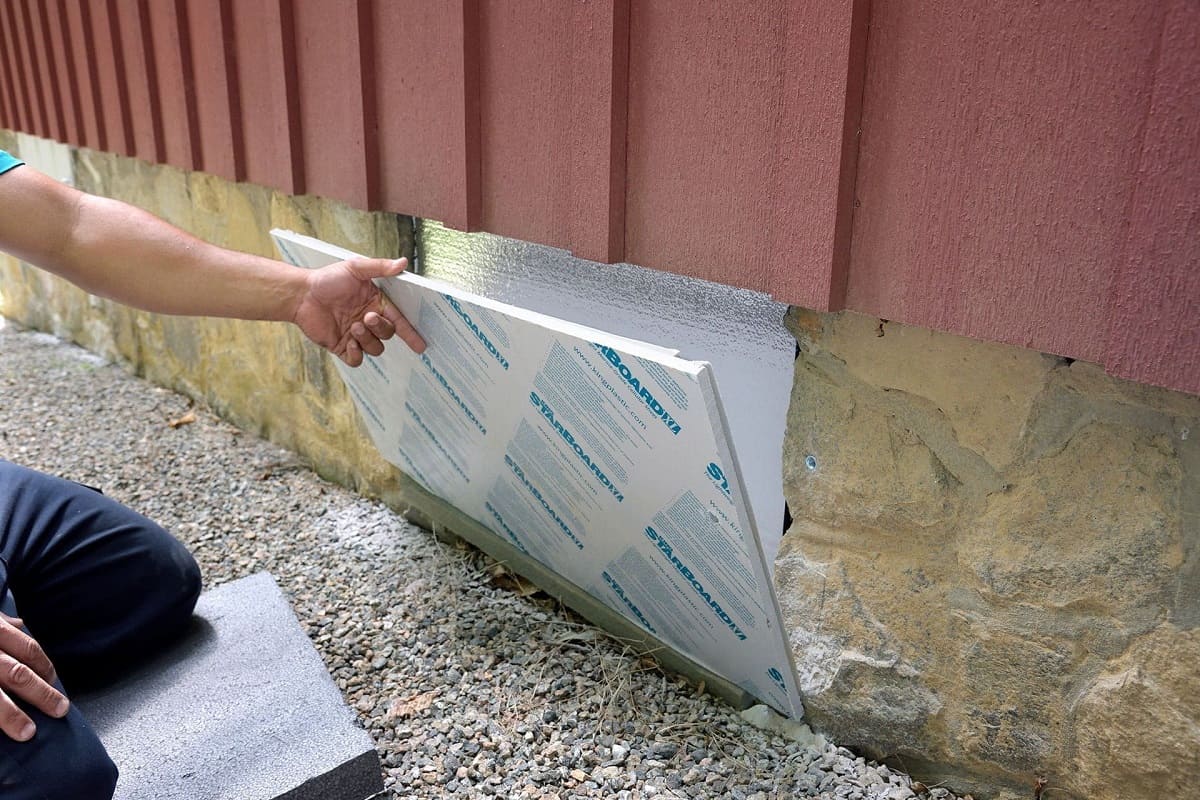
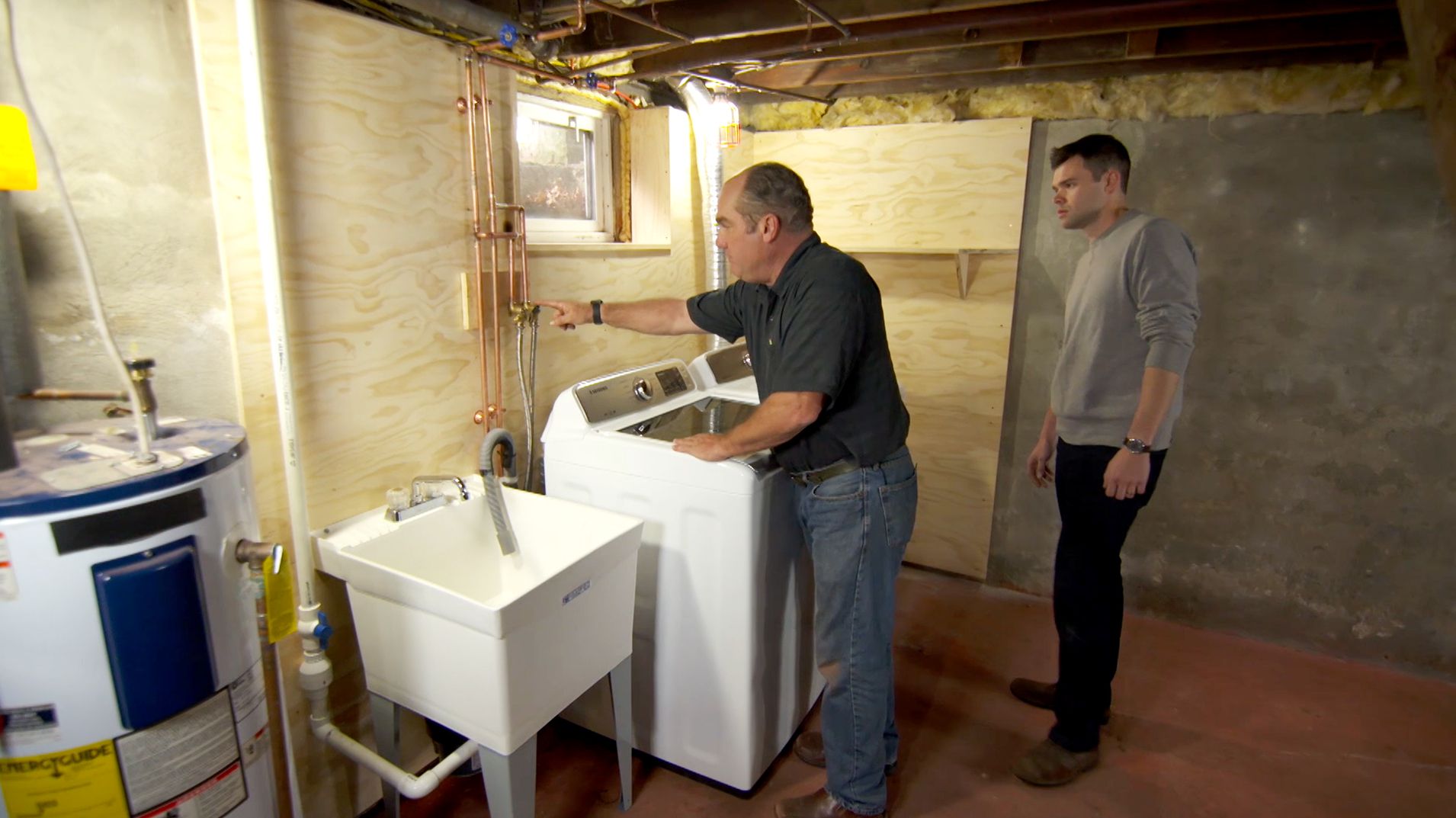
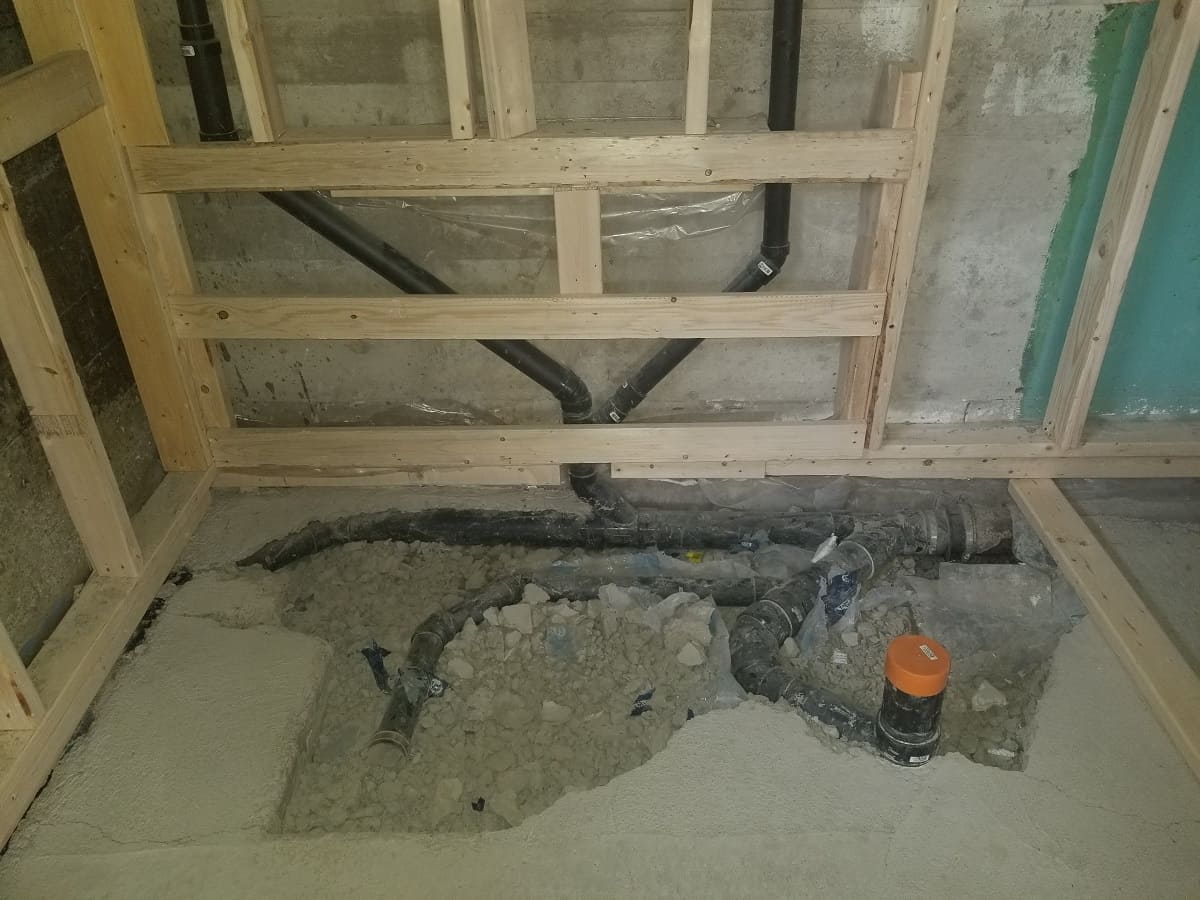
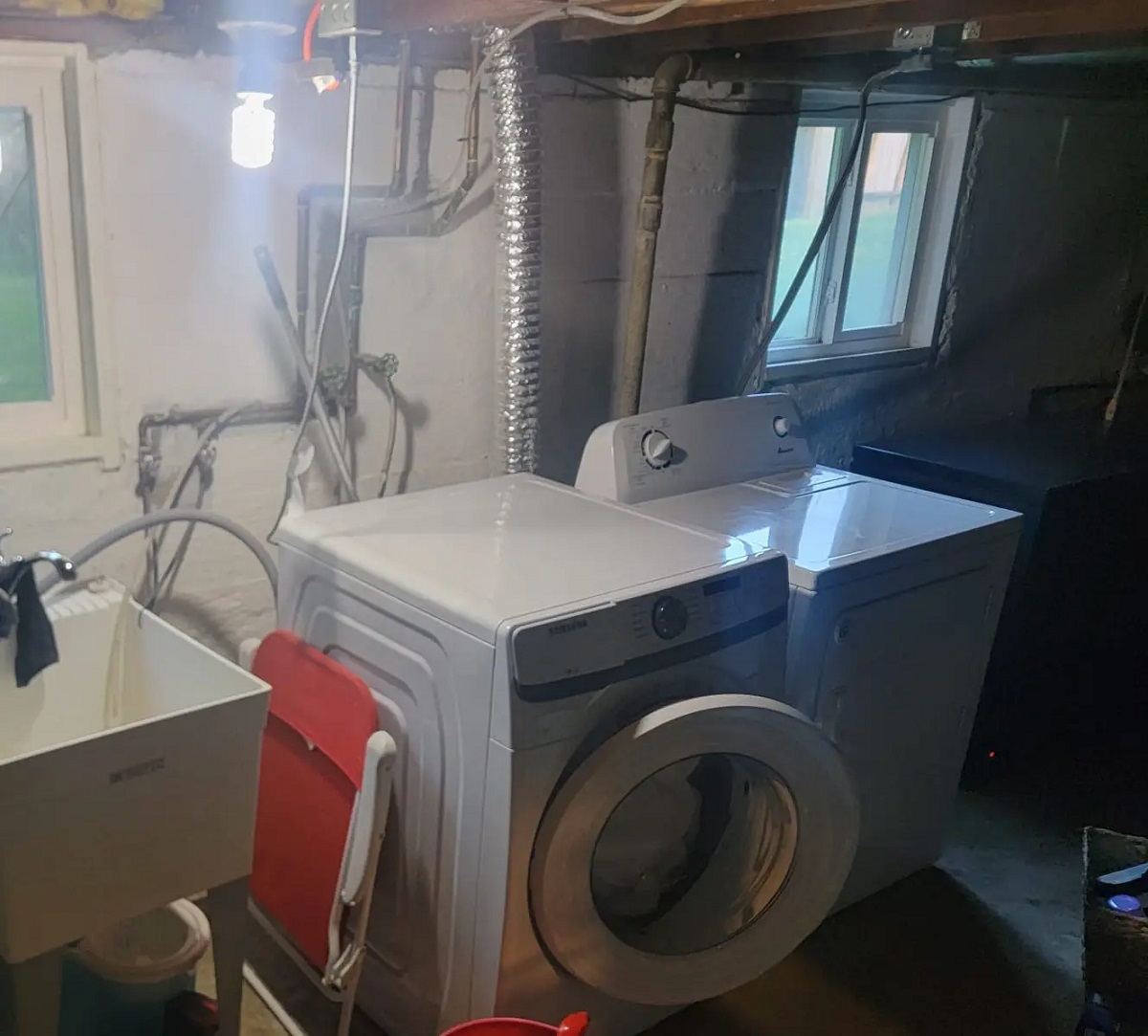
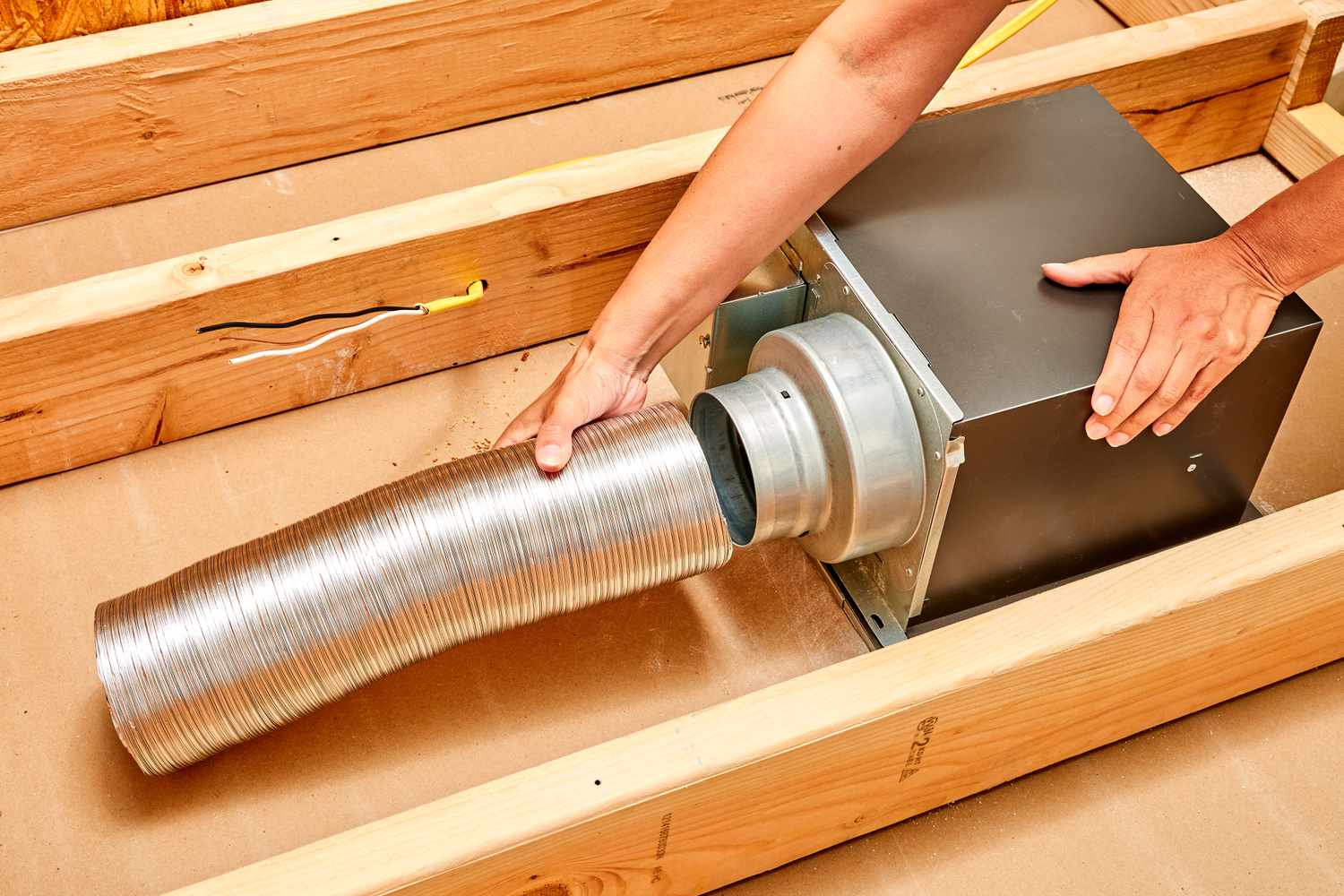
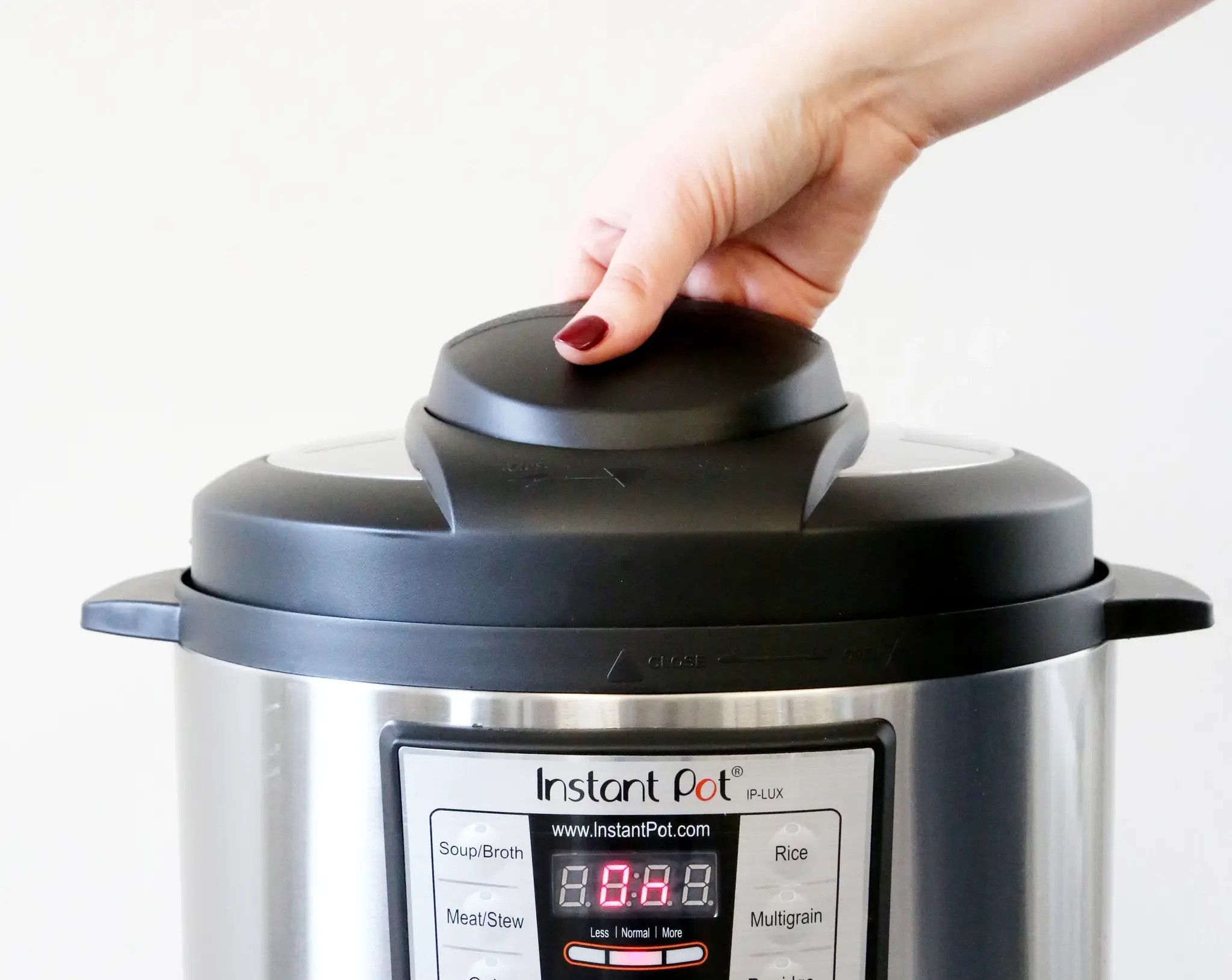
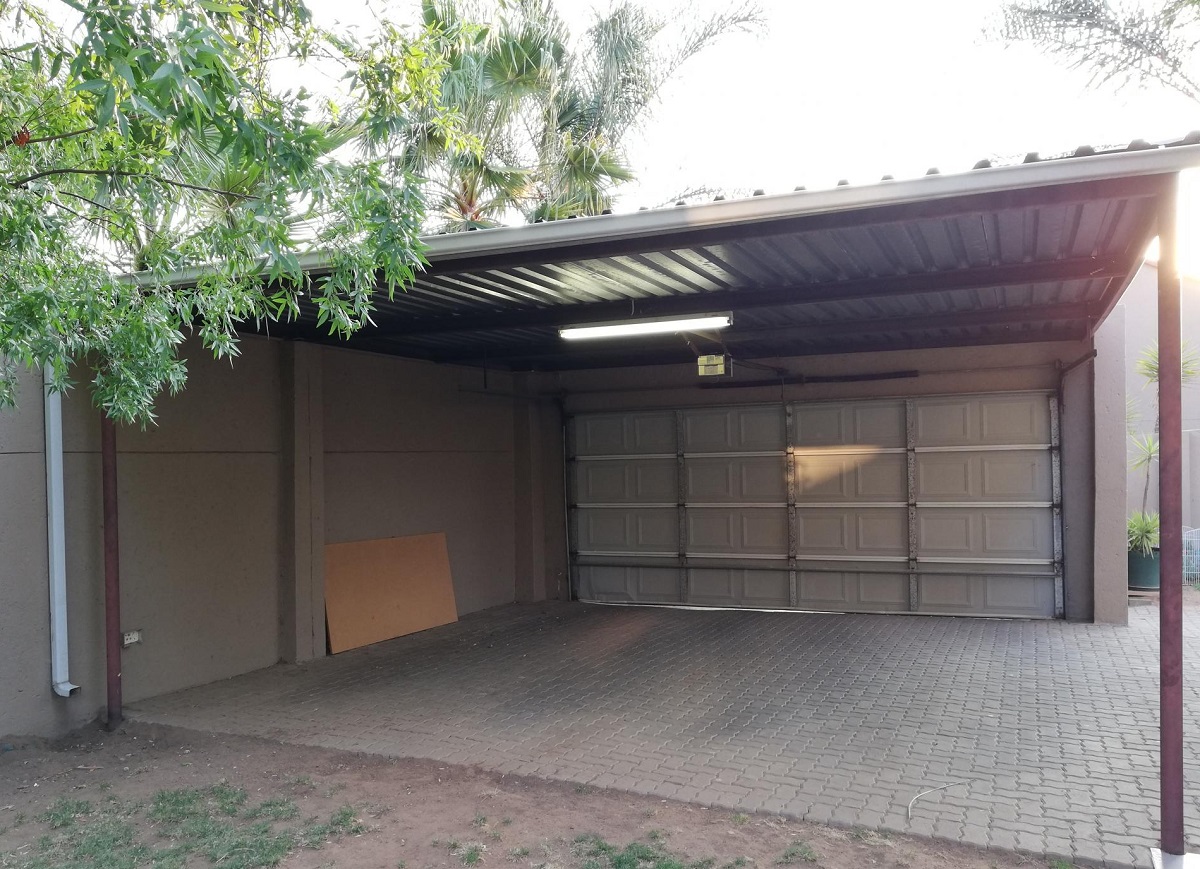


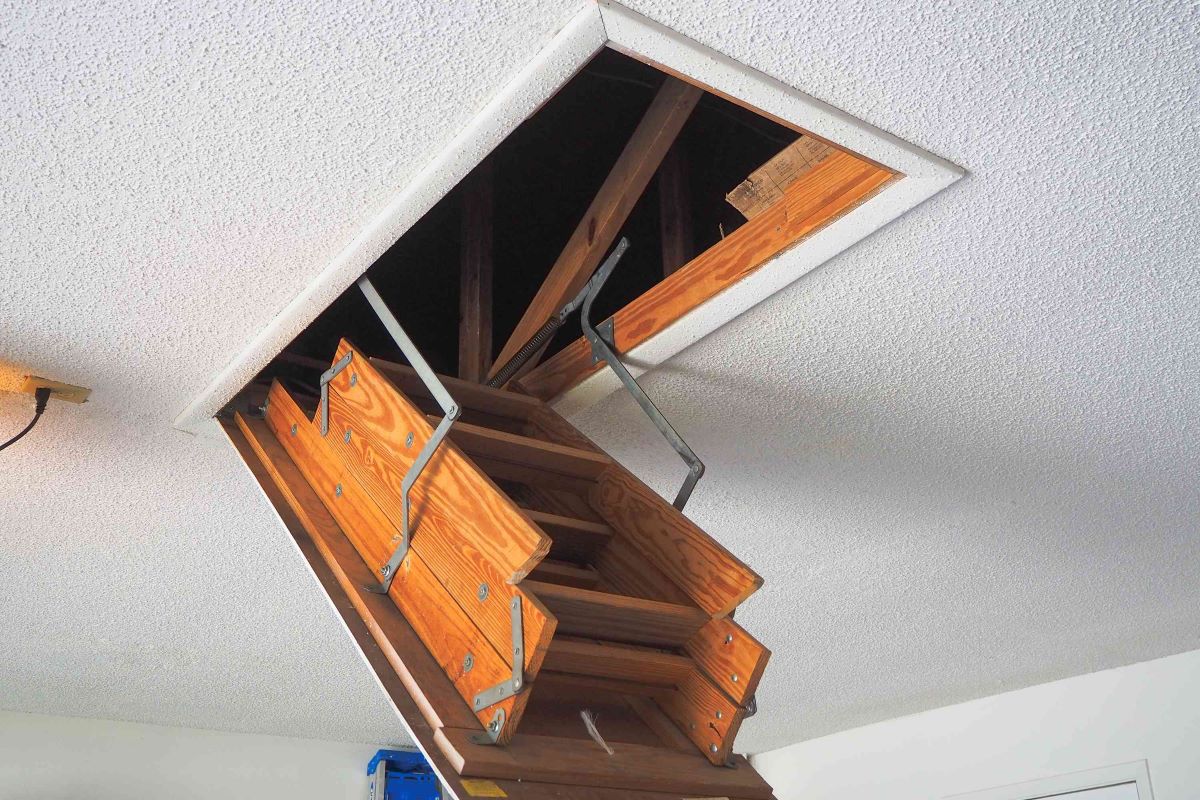

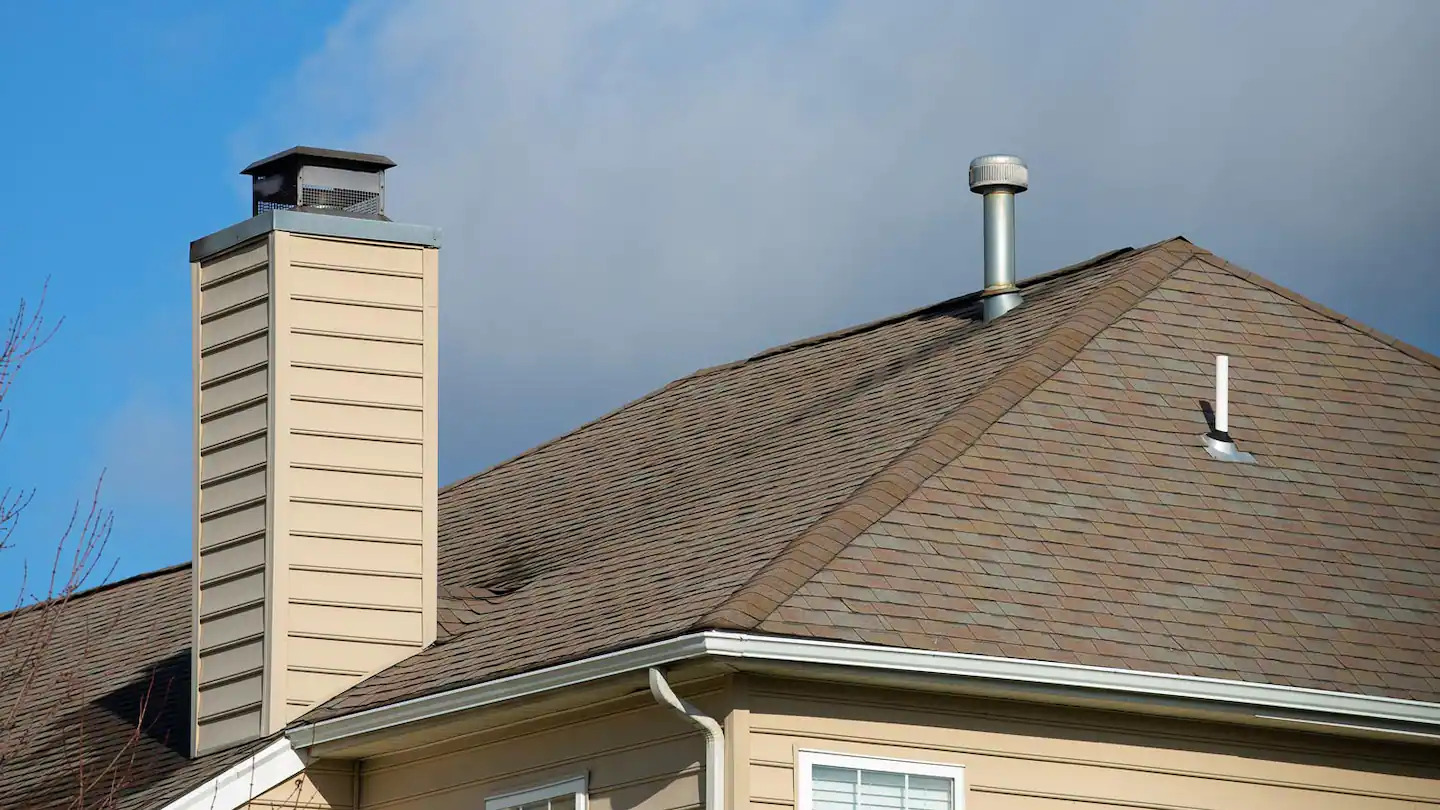
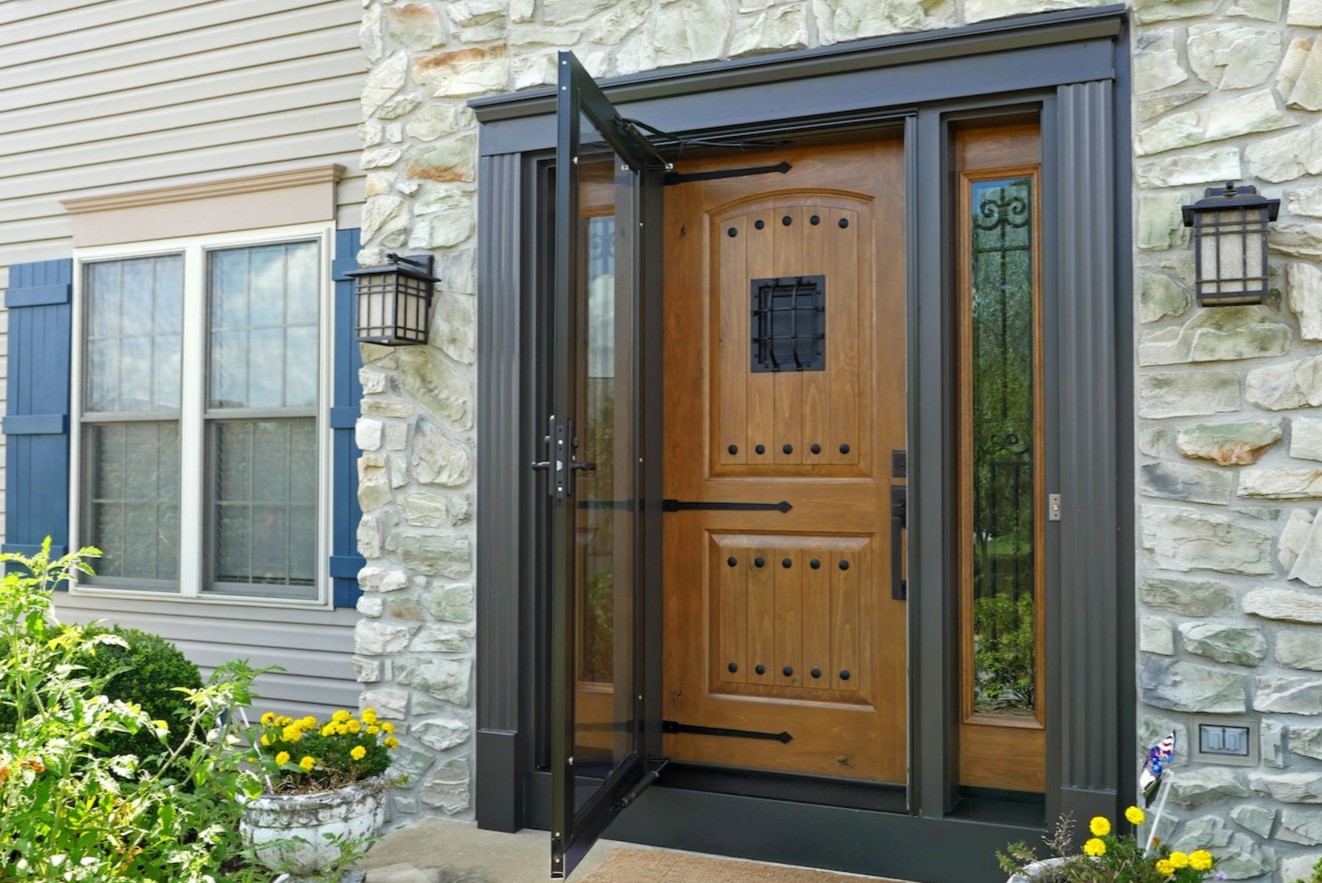

0 thoughts on “How To Close Vents In Basement”